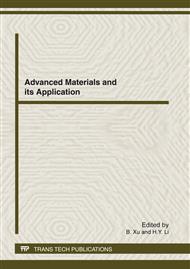p.372
p.376
p.381
p.385
p.389
p.393
p.398
p.403
p.407
Improved Design of Thin-Walled Square Tube for Energy Absorption
Abstract:
Thin-walled tubes are the main structures to absorb the energy in front impact at the desired controlled collision. A thin-walled square tube is designed by use of a double deck square tube with clapboards which has a stable structure with less Euler deformation in front impact. More deformations of extensional collapse in the double deck square tube with clapboards improve the performance of structures for energy absorption. Induced slots are employed in the square tube to decrease the peak acceleration in front impact. Collision process can be controlled by the slots for the stable deformation and reduced initial peak acceleration
Info:
Periodical:
Pages:
389-392
Citation:
Online since:
February 2012
Authors:
Keywords:
Price:
Сopyright:
© 2012 Trans Tech Publications Ltd. All Rights Reserved
Share:
Citation:


